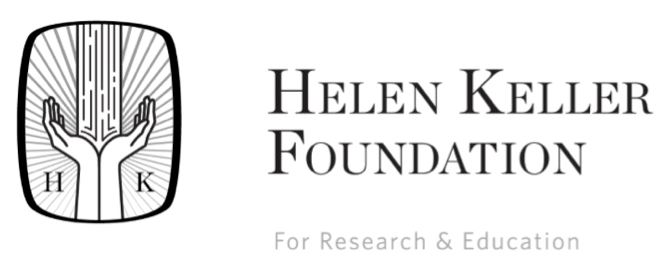Words from Dr. Robert Morris
August 1, 2016 by · Leave a Comment
August 4, 2016
Dear Colleague,
The Helen Keller Foundation for Research and Education is interested in sponsoring a clinical trial in pursuit of a reliable surgical method of achieving long-term prevention for rhegmatogenous retinal detachment (RRD) in KPro eyes. RRD in KPro eyes is currently reported to have a 7 year cumulative incidence of 19%,1 and (largely due to an obscured peripheral retina), only a one third chance of successful reattachment with return of improved vision after RRD surgery.2
We would like to hear from active KPro centers as to possible interest in such a clinical trial, as well as to receive comments regarding this proposal. The surgical technique to be studied involves placement of a (wide field) temporary keratoprosthesis (TKP) to allow both closed vitrectomy* and peripheral, encircling laser (RRD) prophylaxis**, followed immediately by removal of the TKP and placement of a permanent KPro, in a single procedure.
One patient so treated in his left eye had lost his right eye to RRD 14 months after otherwise successful KPro surgery. In contrast, his left eye is now 45 months postoperative, with a stable retina (visual acuity of 20/100 distance, 20/25 near, using a low vision aide). (See video link below).
If a clinical trial were confirmatory, consecutive TKP vitrectomy/laser prophylaxis and KPro placement could be used in a subset of KPro patients who have especially high risk factors for RRD, or who are monocular, or it might ultimately be elected as a routine part of KPro placement.
Please review our poster from the 2015 Retina Society meeting and the 2014 meeting of the KPro Study Group (see poster link below). If you find this concept to have merit, kindly make us aware of other KPro surgeons you would recommend, who might also have interest. Thank you for your attention and we look forward to receiving your confidential comments.
Robert Morris MD
President Helen Keller Foundation For Research and Education rmorris@retinanetwork.com rmorris@rmeyes.com (personal)
* TKP enabled vitrectomy has the additional benefit of “last chance” inspection of the entire retina before the periphery is obscured by KPro placement. Complete vitreous removal also prepares the eye for a pars plana shunt that may be simultaneously installed; clears vitreous hemorrhage emanating from trephination of a vascularized cornea; prevents postoperative vitreous opacities commonly associated with sterile vitritis in KPro eyes; allows removal of any epimacular membranes; and prevents future vitreoretinal traction resulting from an uncontrolled posterior vitreous detachment event, when retinal visualization through the KPro has again been compromised. Moreover, the post vitrectomy eye is more amenable to treatment of posterior inflammation by topical treatment.
** Peripheral encircling laser treatment has been widely adopted in recent years as an effective prophylaxis against RRD.
Links:
RD Prevention in Opaque-Cornea Eyes Receiving KPro (video)
RD Prevention in Opaque-Cornea Eyes Receiving KPro (poster)
References:
1. Srikumaran D, Munoz B, Aldave AJ, Aquavella JV, Hannush SB, Schultze R, Belin M, Akpek EK. Long-term outcomes of Boston type 1 keratoprosthesis implantation. Ophthalmol 2014; 121:2159-2164.
2. Klufas MA, Yannuzzi BA, D’Amico DJ, Szilard K. Vitreoretinal aspects of permanent keratoprosthesis. Surv Ophthalmol 2015; 60(3):216-228.





